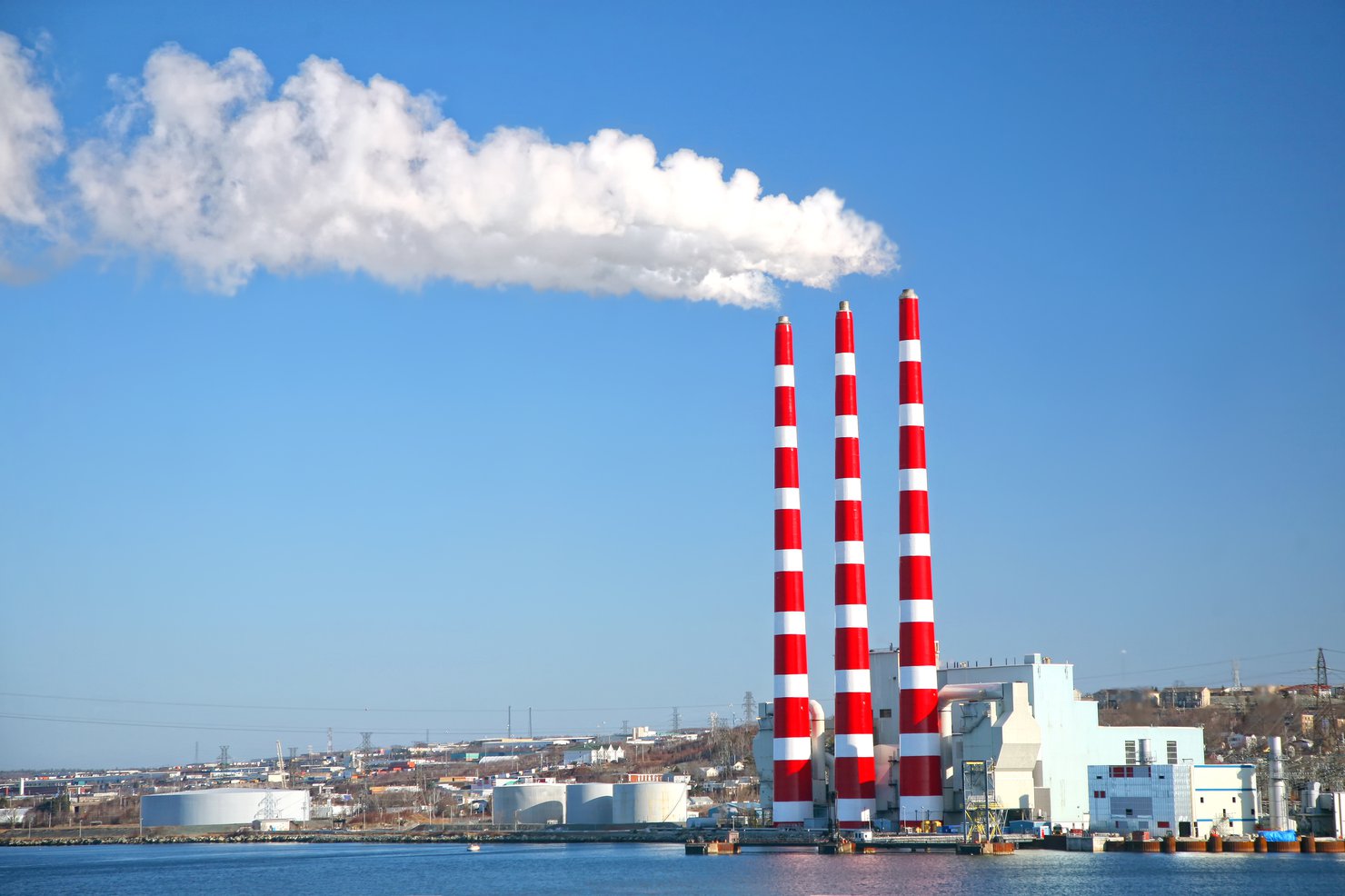Each week, we’re compiling the most relevant news stories from diverse sources online, connecting the latest environmental and energy economics research to global current events, real-time public discourse, and policy decisions. Here are some questions we’re asking and addressing with our research chops this week:
As the Trump administration moves to scale back fuel economy standards, what do we know, in contrast, about the societal benefits of stricter regulations?
In “one of the most consequential regulatory rollbacks” of the Trump administration, the Department of Transportation and EPA have moved to scale back US fuel efficiency standards, which were some of the most ambitious regulations of their kind in the world. The rules established by the Obama administration required automakers to increase the average fuel efficiency of their vehicle fleet by 5 percent each year through 2025, while the new rules require a fuel economy increase of just 1.5 percent annually. Critics see the new rules as lax—automakers increased the fuel efficiency of the US car fleet by 2.4 percent annually absent any regulation between 2005 and 2016—and detrimental to public health. The Trump administration contends that these looser standards reduce costs to automakers and respond to increased consumer demand for SUVs. But the rule change has divided the world’s largest automakers in a struggling industry and is certain to face legal challenges.
This week, RFF released a working paper that uses a new equilibrium model to provide comprehensive social welfare estimates of the Obama-era fuel economy standards. Although net benefits are “substantially lower” than the National Highway Traffic Safety Administration and EPA’s initial predictions, the researchers conclude that those fuel standards benefit society on balance. This holds true even after accounting for the impacts of the unexpected decline in gas prices and the increase in consumer demand for light trucks since the standards were enacted. In an accompanying blog post, the researchers—RFF Senior Fellow Joshua Linn, RFF Fellow Benjamin Leard, and Georgetown University’s Katalin Springel—explore the implications of their findings in light of the Trump administration’s push to weaken standards. “Our more comprehensive analysis—which thoroughly accounts for previously under-considered costs—makes the societal value of the standards apparent,” they write.
Related research and commentary:

The coronavirus pandemic has prompted a substantial decline in industrial emissions. What long-term strategies can be leveraged to facilitate further reductions?
Amid the coronavirus pandemic, global emissions of hazardous pollutants have substantially declined. Carbon emissions in China—a country that has employed aggressive measures to stop the spread of the disease—dropped an estimated 25 percent in February alone. Both Wuhan and Beijing have seen declining concentrations of PM10 and NO₂, too. Much of these shifts can be attributed to the fact that China’s economy and historical output of emissions “are very biased toward the heavy-industry sectors” like coal-fired power and steel production—and the pandemic has brought global industry to an abrupt halt. While some experts caution that pollution levels tend to ebb during recessions, only to surge afterward, others see the sudden drop in industrial activity as potentially the “largest-scale experiment ever” to see how the world can function without typical levels of industrial pollution.
An expansive new study, coauthored by RFF Senior Fellow Dallas Burtraw, investigates technologies and policies that can decarbonize the industrial sector in the long term. Ultimately, the authors conclude that net-zero emissions by 2070 are well within society’s reach—that is, if industry shifts to cleaner sources of energy, technologies like carbon capture and storage projects are researched and deployed, and governments enact robust carbon pricing regimes. Reflecting the all-hands-on-deck approach necessary to achieve significant reductions, Burtraw also clarifies that “deep mid-century decarbonization goals require private sector and government partnership.” For more on what an equitable decarbonization will involve for polluting industries, affected workers, and low- and middle-income countries, read the article.
Related research and commentary:
- Journal article: Technologies and Policies to Decarbonize Global Industry: Review and Assessment of Mitigation Drivers through 2070
- Blog: Technology-Inclusive Climate Strategy: An Open Race with Many Winners
- Public testimony: Hearing on Building a 100 Percent Clean Economy: Solutions for Economy-Wide Deep Decarbonization

How is the coronavirus pandemic affecting the viability and political popularity of carbon pricing policies?
Representative Sean Casten (D-IL) encapsulated how quickly the American policy landscape has shifted in response to the coronavirus, joking that “nobody wants to talk about my thoughts on carbon pricing.” But ironically, one of the most pressing coronavirus discussions confronting our northern neighbors involves a carbon tax. In 2018, Canada passed legislation that established a federal carbon price, set to increase annually through 2022. In response to mounting concerns that a carbon price imposes arbitrary costs on businesses and consumers in a time of economic crisis, British Columbia delayed a scheduled price hike for its own province-wide system, which has been more ambitious than the federal standard. Still, Prime Minister Justin Trudeau rejected calls for a delay, and the federal carbon price increased to $30 per ton this week. Trudeau emphasized the necessity of “continuing the fight against climate change—which remains, even at a time of immediate crisis and pandemic.”
This week on the Resources Radio podcast, Stephanie La Hoz Theuer, a member of the International Carbon Action Partnership (ICAP) Secretariat, assesses the state of carbon pricing and emissions trading systems around the world. Outlining key findings from ICAP’s recently published 2020 status report, La Hoz Theuer assesses how subnational systems like the Regional Greenhouse Gas Initiative in the United States are expanding, and how ambitious nationwide systems like China’s nascent emissions trading scheme have substantial implications for global emissions. Cautioning that carbon prices are an important tool for resolving climate challenges, but only one of several necessary remedies, La Hoz Theuer contends, “Carbon prices are still too low to drive the level of transformation we need … Really important parts of the economy are not getting the signal they need to trigger the transformation we need.”
Related research and commentary:







